|
Trigger warning. I want to offer a short primer on trauma by way of the Adverse Childhood Experiences Study (ACEs). Using it carelessly can cause unnecessary emotional pain. The ACE study is only one part of the story of trauma. For the full story, we need to look at research around resilience and the role of adversity in becoming whole as individuals and communities. Emmy Werner’s Longitudinal study, the recent book, “The Good Life” summarizing findings of the 84-year Harvard Study of Adult Development, many other research studies, and many of our stories say that trauma does not need to have the last word and it is not more powerful than our ability to heal and take individual and shared ownership of the adversity in our lives. In the mid-80s Dr. Vincent Felitti encountered a patient named Patti at his medical weight loss clinic. In 51 weeks, she lost over 300 lbs. Then in three weeks, she regained 37 lbs. After investigating, they discovered she was sleep-eating as a response to a sexual advance from a co-worker. Patti was a survivor of child sexual abuse and unconsciously used her weight as a way of protecting herself against predators. Her “problem” was a solution. Felitti expressed shock that he had not heard of such a thing in his medical training. He surveyed the rest of his clients and found that 80% connected their weight to childhood adversity.
Felitti then presented at a Center for Disease Control and Prevention conference where his findings were not well received. That evening at the speaker's dinner, he sat next to a CDCP muckety muck who suggested they redo the research with a bigger sample group. They ended up collaborating with a Kaiser clinic and collecting 17,421 surveys. It is now known as the Adverse Childhood Experiences Study (ACEs). There were ten primary questions on the survey about abuse, neglect, and family dysfunction - all related to broken belonging in the first 18 years of life. The results of the study show that, due to the effect of our relational experiences on brain development, nearly everyone has trauma in their stories. Some more than others. This trauma, contained in relational experiences, literally builds the neural pathways that contain our beliefs about ourselves, the security of our relational attachments, our safety in the world, our innate value, and how to connect. Our relationships build our brains. How we experience belonging is built. We do not decide it ourselves - especially when we are children. The research also connected relational trauma to a myriad of negative outcomes (in addition to obesity) such as depression, addiction, disease, employment insecurity, academic failure, and relational dysfunction. What it does not demonstrate is the number of people with adversity who, in the context of a healing community, turned their trauma into strength. We can’t avoid trauma - it happens to everyone. That’s why healing relationships are so vital. It is where and how we heal. And it is where the strength that adversity can produce finds its most powerful expression. It is also why blame, shame, and separation are further trauma rather than a solution. Invitation to belong is our access to generative healing and human progress.
0 Comments
I’m returning to the fun-filled topic of deconstruction (purposeful unlearning of values, principles, thinking, feeling, and behaviors that separate, isolate, and reduce ourselves, each other, and our relationship to the bigger story). By my way of thinking, deconstructing has to be connected to building something. Otherwise, rubble is trash instead of building material. It is regenerative and healing to come together and pick up pieces curiously. As an isolated individual, I have access to only one historical perspective and I, in no way, make claims to its exclusive wisdom. I was a bible studying, church-going, heaven bound christian capitalist, youth pastor, elder, teacher, and participant in the patriarchy. Not one piece of that story is left as it was 20 years ago. Some are completely torn apart but it is all in a new story. I respect the bible. I have faith. I suspect there is a God who is much different and cooler than I previously imagined. I do not lead or participate in religion in a way that is at all similar to my past participation. I think patriarchal systems have done unimaginable damage to women, men, communities, and cultures. I’m trying to avoid hubris and my tendency to get preachy. Both are in defense of my own egoic insecurities. I’m inviting you to a collaboration where we build the kind of real belonging where everyone and every thing belongs - to believe it is possible and be curious on the way there. If you read this far, and sense this is possible - you are feeling the truth that you already belong. I want to heartily resist blaming individual people for the misunderstandings of the church. I know pastors, elders, and leaders who, at the deepest level of their awareness want to love, care for, and guide helpfully. I was one of them. It is also not helpful to blame a particular group of people. Blame gets useful when it is shared and translated into a regenerative effort. When we recognize that what is wrong with what our religion has become came from the complex interplay of philosophical, economic, political, psychological, religious, and even biological influences over many generations that we have all contributed to, we can start changing. I do not want to take anything away from the pain. Some of it is really devastating. From misdirection to deep disillusionment to really heinous abuse of all kinds - the church structure has hurt people and not helped heal them well in far too many cases. For my part in that, and it is both specific and general - I thought, felt, did, and taught things that did damage and helped build a system that did damage - I am sorry. I regret that so much of what I thought was helpful was in fact harmful. As my personal and social experiences, awareness, perspectives, and willingness to explore outside the confines of a (mostly) man-stunted point of view have expanded, I am excited. In spite of my regrets, wounds and anger, I am excited to find that God is cooler, science is a useful and self-correcting partner, my old enemies (gay people, Buddhists, people who sleep in on Sundays, etc.) are wonderful friends and life-givers, it is good and safe to be my real self, eternity is not a threat, everything is connected and self-organizing, and our trauma fits into the scope of the story. Some key helpful phrases: “I think,” “in my opinion,” “the way I see it,” “what I’m wondering is,” “what do you mean by?” “how do you experience?” “thank you for sharing”
If you are feeling attacked or defensive even though no one is talking to or about you specifically, consider considering a bit from a different perspective if you are going to respond. And if you don’t have anything that builds up, encourages, or heals - consider that you don’t need to offer, you need to take. And it’s ok to ask for what you need to be seen, built up, encouraged, and healed. You belong just as much as anyone else. I grew up in a narrative that said I was a sinner and I needed a savior. In my religion, that was Jesus. He saved me personally and individually and as long as I didn’t sin too much I could stay saved. The pervasive, saturating message that so many of us received was that we were worthless, corrupt, and without the ability to be or produce any good thing.
In a much better story, according to every version of the bible I’ve read, humans were crafted lovingly by God and called “very good.” “Let us make (hu)man in our image.” This is our essential identity. A very good representation and expression of a God who is an us - an interdependent community. Literally and mythically, our work is not fighting against our independent corrupt nature, but embracing our sacred, interdependent essential nature. To become whole and integrated with ourselves and with each other. Like God. I talk to so many men, young and old, who feel like the not-yet-hero in a scared little boy’s story because they still can’t “do it” right. They are soul soaked by the message of their badness and their inability to do or be anything else. It is a damaging, debilitating, and false message. We can be good because that is our essential nature. In God’s story, we are meant to operate in community. Two or more it says. In a curious, empathetic, non-judgemental, reverent, and generative community, we can escape the echo chamber of our minds that says we are bad and incapable of anything else. We can live in a magical, woven connectedness that awakens our true selves and sets us free from the bondage of brokenness when we spend our energy giving in to our goodness instead of resisting our badness. The shape we take in childhood, adolescence, and early adulthood is the framework for the character in our story. It is our personality, our ego, and our character structure. Many of us get stuck believing that this is who we are. It is and it isn’t. Our ego is a part of us, just not the whole story. We find out in our relationships that the shape we put on doesn’t work quite right. Maybe it is problematic enough to build walls instead of connections. Hopefully, in our late teens and early twenties, we start trying to make adjustments.
To figure out our whole story and expand our character to fill up all the space that needs it, we need to follow the clues our ego provides us. This is a challenging endeavor. For some, our ego is working for us - or at least it seems to be. Unfortunately, in American culture, “working” means things that have little to do with a healthy self or a healthy contribution to our community. Wealth, independence, power, possessions, vacations, social media followers, looks, etc. None of these are intrinsically bad but none of them are real markers of meaning. For others of us, our personality is a clear obstacle. We have trouble getting anywhere in life and the American dream of peace, prosperity, and freedom seems hopelessly out of reach. We are in conflict and faced with adversity at every turn. However, if we look under the surface of these stories at the ends of the spectrum, we will find that meaning is not associated with either one. And it can be there in both. If we turn the echo chamber of our isolated stories into a new, shared narrative. “Hello” is a good first step but, by itself, it doesn’t get us very far into a mutually restorative relationship. We are conditioned to fear the intimacy that would make our encounters so interesting. It is dangerous after all. We have all learned that. For some, it is more deeply written in their souls than others. One could say that caution about intimacy is the first important thing we learn. It is the beginning of forming us as the character in our story.
Even if we are born into a home with attentive and caring parents, siblings et al., we are invisible to some degree. They cannot see the essential us. They do not experience the world through our brain, heart, and body and so they do not make the appropriate space for the pure us to expand and express itself in the little bit of the world we inhabit. At first, we do not realize this because we are not consciously aware that we are a separate individual. But slowly, we come to know, deep in our core brain, that we must adapt to their view in order to be good, to have our needs met, to belong, to be loved, and to be safe. I am not referring to trauma. We all have that as well as our early invisibility to one degree or another. Some that is direct and terrible, some that is passed down to us and much that is subtle, insidious, and hard to recognize. But whether we are simply unseen or we are also deeply scarred by trauma, we take a shape that is not an accurate expression of ourselves. We do so in our attempt to connect, survive, and thrive in the world. This is the beginning of our story. It gets better. 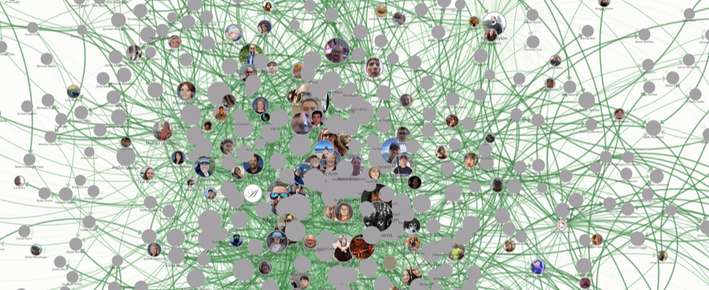 We are all embedded in a network of connections. There are invisible story-lines running between all of us. Through those lines flow all the influencing beliefs, feelings, and behaviors that shape each of the individual story characters and the whole community the story is set in. How do we fight the social norms like exploitation, domination, and extraction that lead to destructive behaviors like suicide, trafficking, and abuse of self and others? We must first recognize and accept that each of us plays a role in the health of our friends, families, neighbors, and communities. Their story is THE story and THE story is OUR story. It is our mundane daily life - our thoughts, feelings, words, and actions - that contributes to trafficking, suicide, and abuse OR lives marked by belonging, generosity, wholeness, and thriving. There are fabulous organizations that need our money and time. Donate and volunteer if that fits with your capacity. But by themselves, nonprofits and professional change agents are not close to enough. The only way we will see a reduction in the unhealthy and destructive is if we increase the healthy and constructive in our interconnected network - starting with ourselves. We need to not just tell but become a better story. So the question is, who are you and what is your role in the story? How are you connected to the stories of harm and the stories of healing? How do you increase the strength of your influence where it needs to be strong? How do you transform your harmful influences into healing ones? Answering this question is how we become the conquering hero, the defeated hero, the mistaken villain, or the archenemy. And all the characters are present and potential in all of us all the time - waiting to be nurtured and released. Stories are portals into perspectives we do not see if we are distracted. In our connections to other people’s stories, we can find meaning. Meaning, a reason for being alive. As an individual, it cannot be an insulated, separated reason because I am not alone. Why I exist and how I matter has to be in the context of the soup I am in. If I am a carrot in minestrone soup, then I know how being a carrot fragment matters. The story of each carrot, tomato, bean, and pasta piece matters to the soup and to each other from back when they were seeds and until they have become energy to their eater.
What is different for each of us and what is important to discern is how our parts fit together. I mean this in two ways. I am made differently than you or anyone else. Put together differently than you or anyone else with different parts than you or anyone else. Every experience I’ve had, especially in the early days, made the individual components. The emotional, mental, and physical ones. Even the experiences of my genetic and adopted ancestors had a profound influence on the way the parts of me were formed and fit together. That is the main gist of what I mean by the first way. The second way is how I and my parts connect to you and yours. The energy, emotion, the physiological interaction of all the ways we sense at the intersection of your story and mine. It is not a puzzle to figure out with a picture on the box. It is a living mysterious puzzle with a picture that begins to reveal itself as soon as we say “Hello.” We just need to be watching. Are we?
Our reality is not defined or determined by how we see it. It is a combination of intersecting perspectives. The work we have to do then, is understanding the differing perspectives we interact with. This is done, of course, in the context of relationships. Fortunately, we are only in relationships with a few people. According to Robin Dunbar, we self-manage the number based on our individual capacity - so that’s one thing we don’t need to worry about if we are paying attention to our own emotions and energy levels.
But getting to know people is hard - even if it is only a few of them. It takes a lot of time and the challenging task of seeing the world from other people’s perspectives. No question about it, that is a daunting task. Especially in our fast-moving, hyper-individualized culture. Most of the time we are just trying to get our own work done without getting in trouble. In fact, avoiding conflict to prioritize efficiency is a culprit in our story of emotional emptiness and disconnection. Perhaps we need less efficiency and more time spent learning to understand the different perspectives of the people we interact with. If we really knew each other, the conflict that arises from clashing perspectives - interrupting our efficiency, would be replaced with effective connections. Connections based on our true selves and our actual thoughts and feelings. If the structures of our relationship were shaped by our properly oriented connections, that would increase our effectiveness and reduce conflict. Efficiency would be a natural byproduct. Belonging is a real thing, a structure whose pattern is revealed everywhere in the universe. It is something we build by connecting our identities relationally to other identities. When we build with anything less than our true selves, our hearts, brains, and bodies (to quote JC again) tell us to f*ck off by getting sick in some way. In addition, letting external frameworks (laws, buildings, religions, political parties) control our patterns of belonging results in divisive models and conflicts about whose institution is best.
Self-organization of human social networks is only impossible when the few try to do it for the many. When all of us have a valued self-organizing role, based on our identity, we become an artful, generative community. I think this begs the question, how? I suggest story-sharing in small groups. This is not the only way to build belonging but it is simple and very effective. Grab your friends, make an inviting, courageous space, and share stories of your lives with each other. Be curious noticers and generous encouragers. The content of our stories is a substitute for living together as a small tribe of hunter-gatherers. Most of us don’t know each other well. Stories contain the evidence that points to our true identities. Together, we can coax our essential natures out of hiding. Out of the connections between these true natures will emerge a generative identity for our group - that we have built. As we begin to know who we are individually and interdependently, we will find that we have work that is ours alone to do. Doing whatever that is produces more stories to tell and more clarity about identities. |
Curtis MillerI write in a geeky, sciency, hopefully poetic way about belonging, storytelling, community building, deconstruction and construction, Archives
June 2024
Categories
All
|
Proudly powered by Weebly
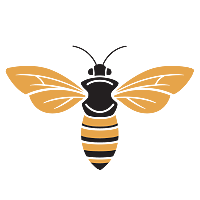
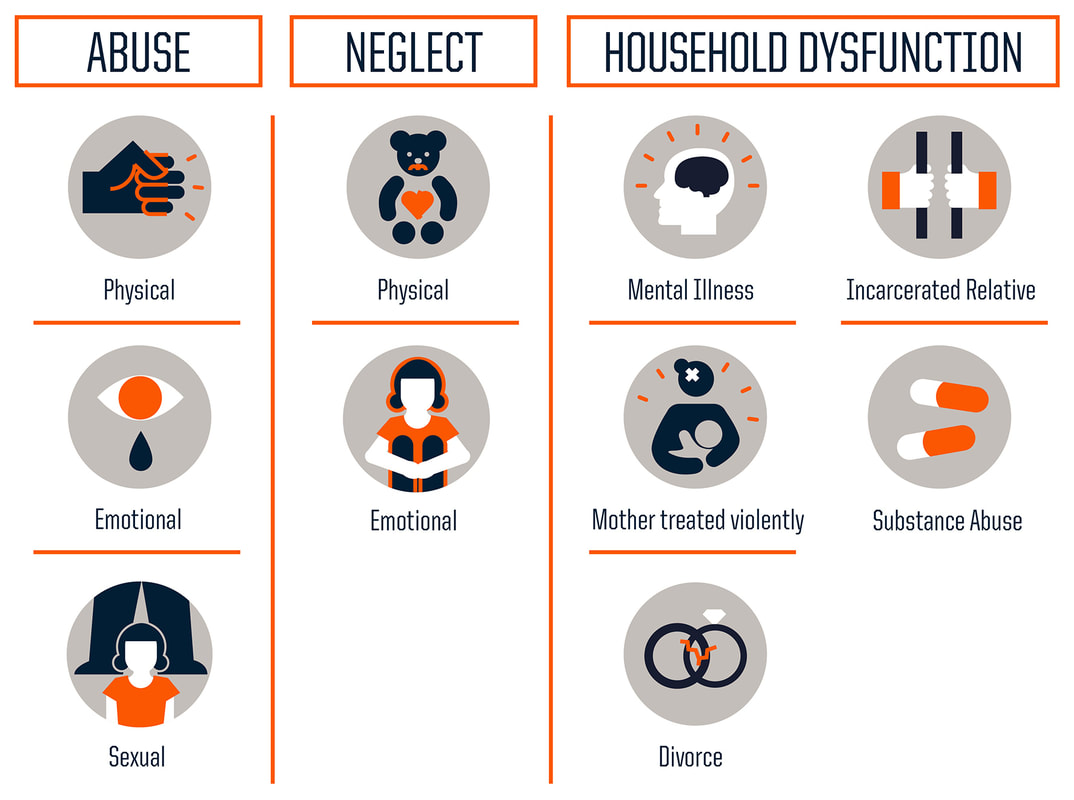
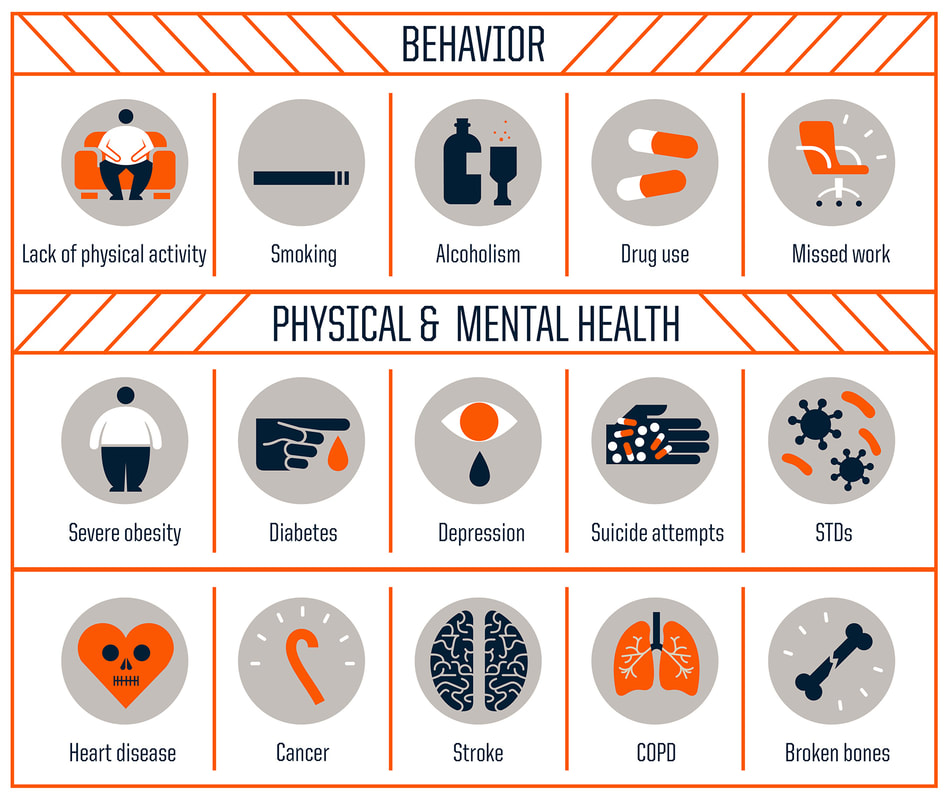
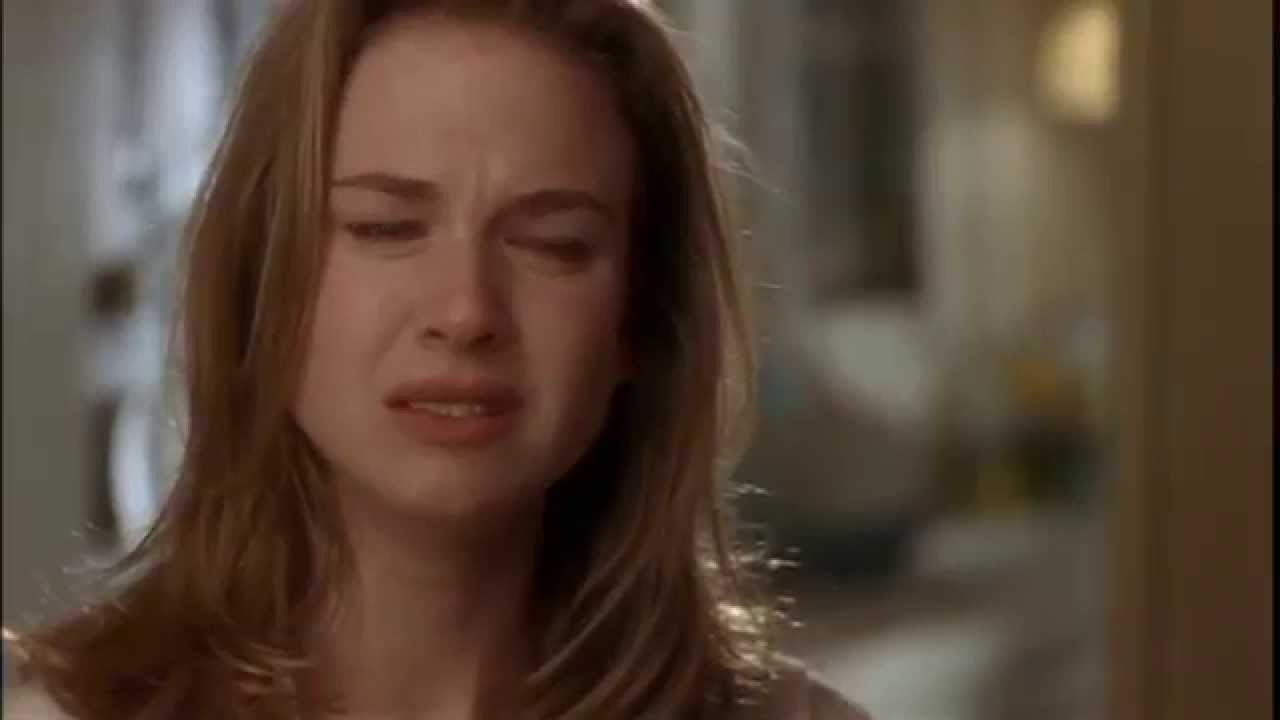
 RSS Feed
RSS Feed